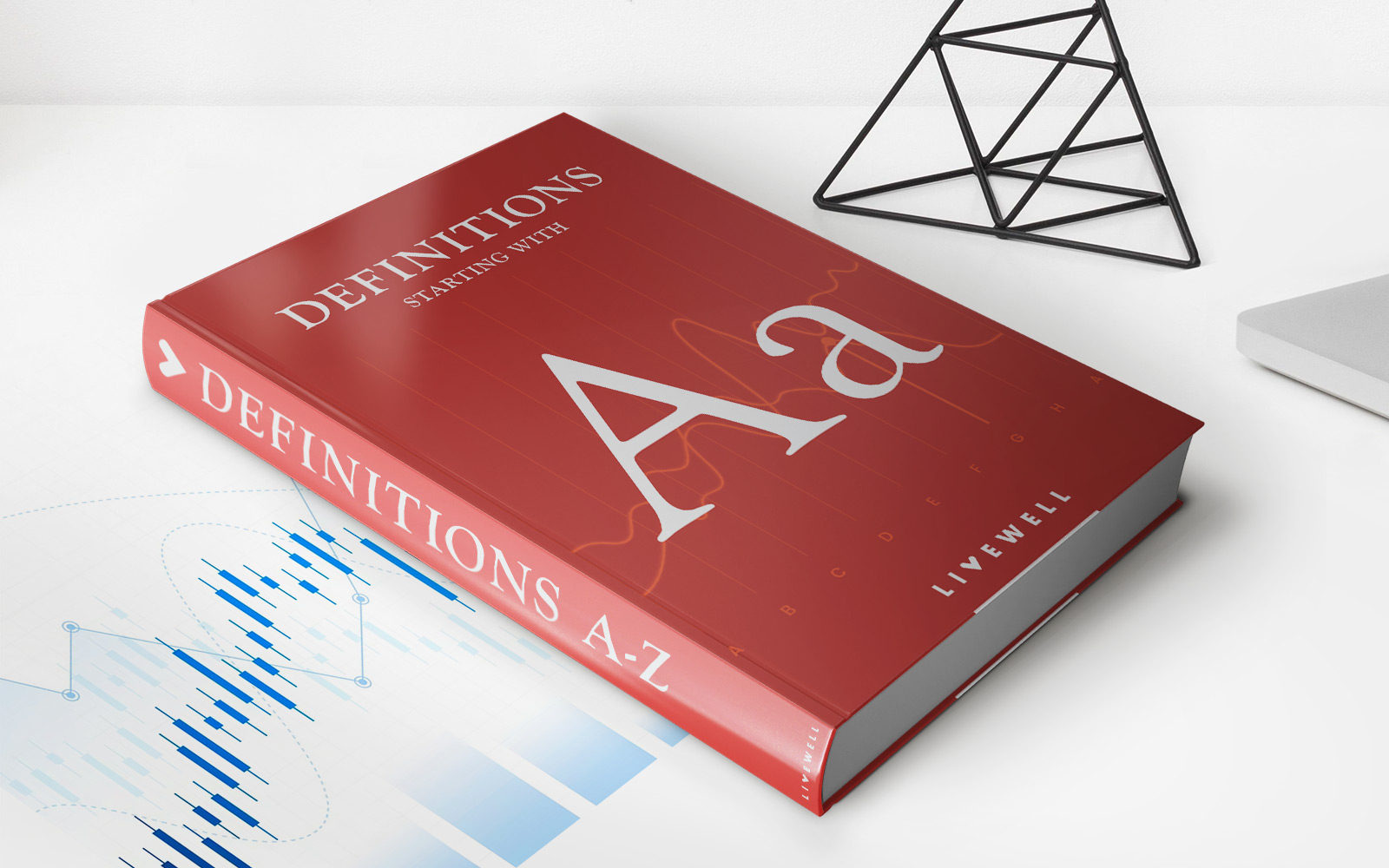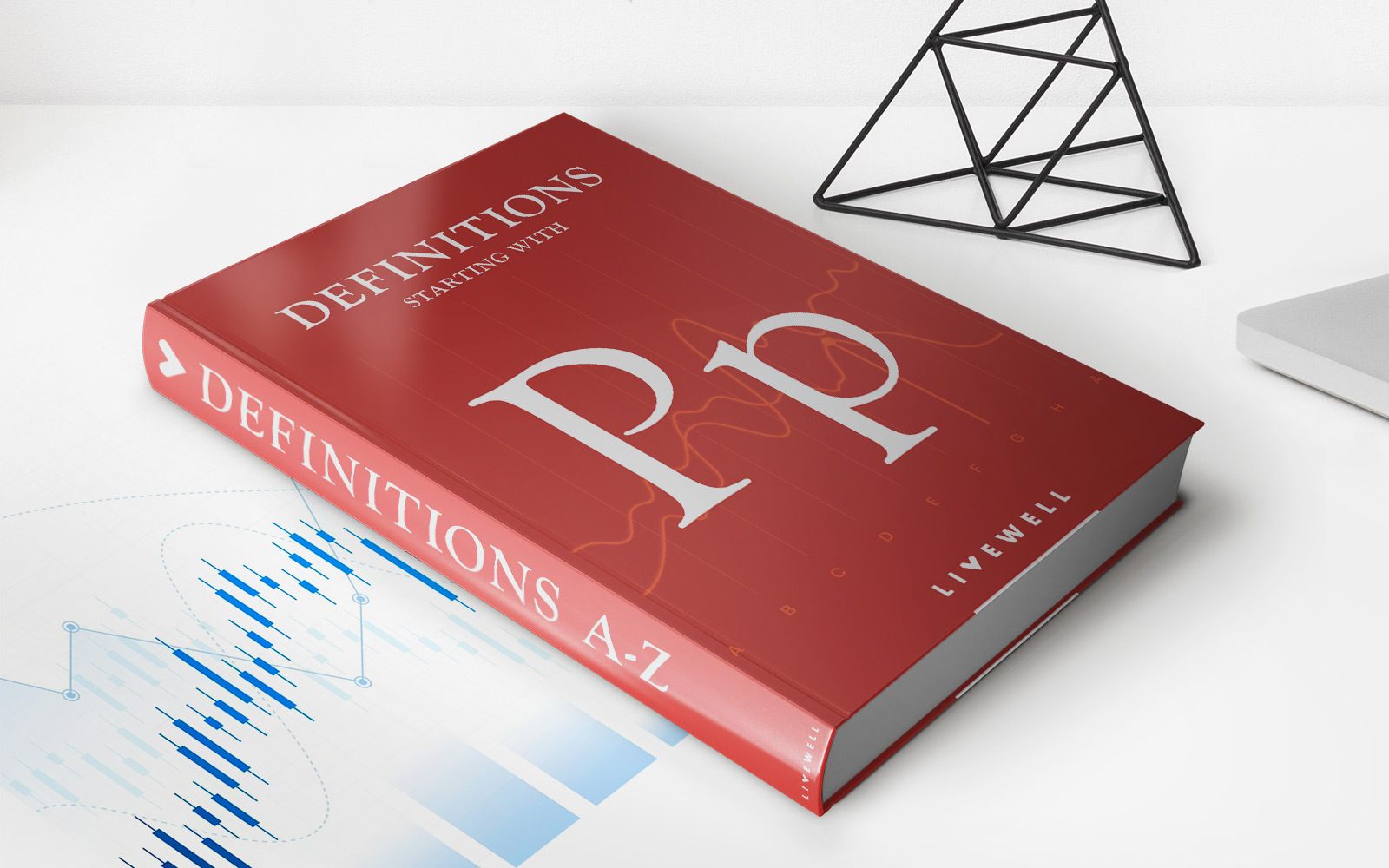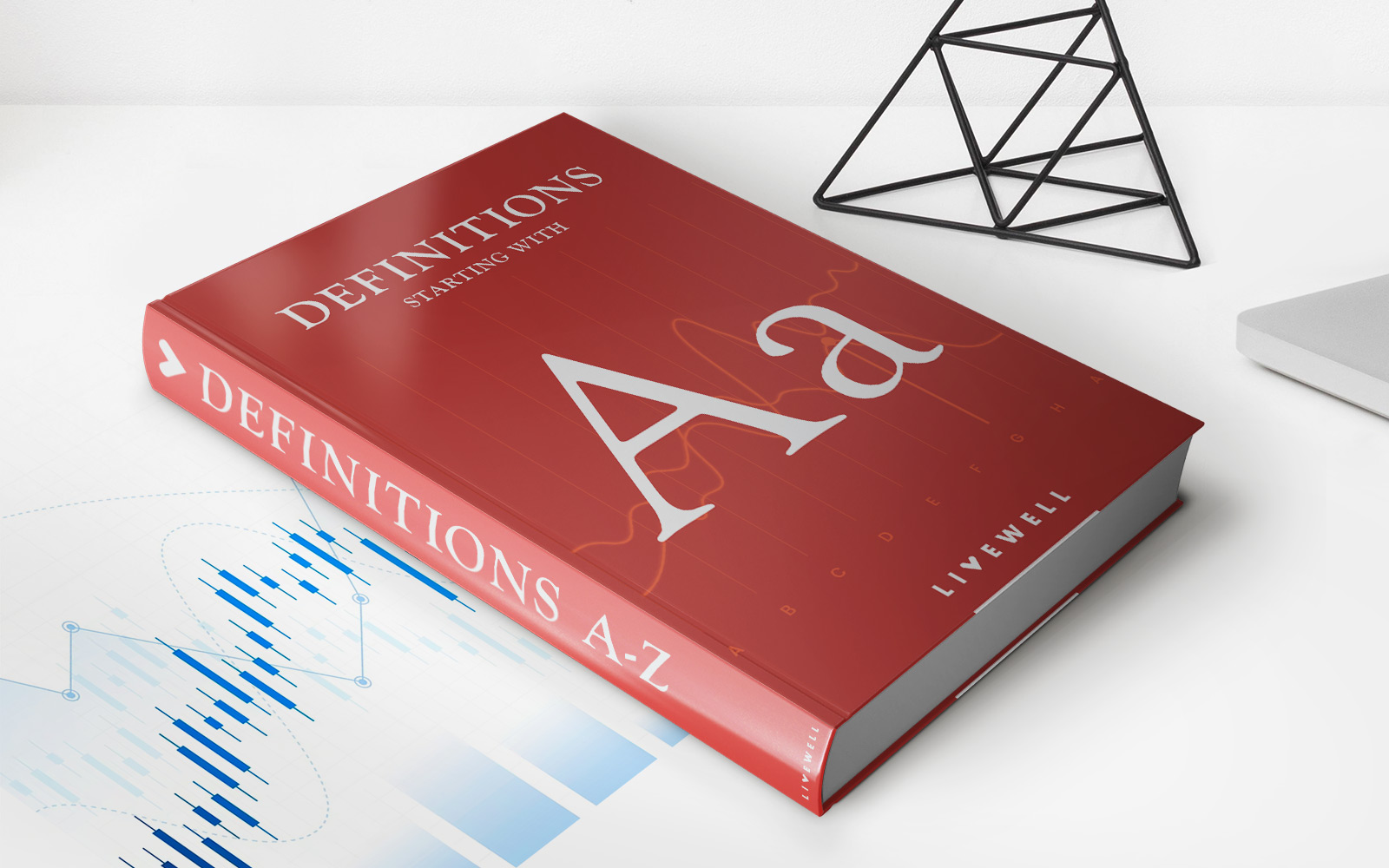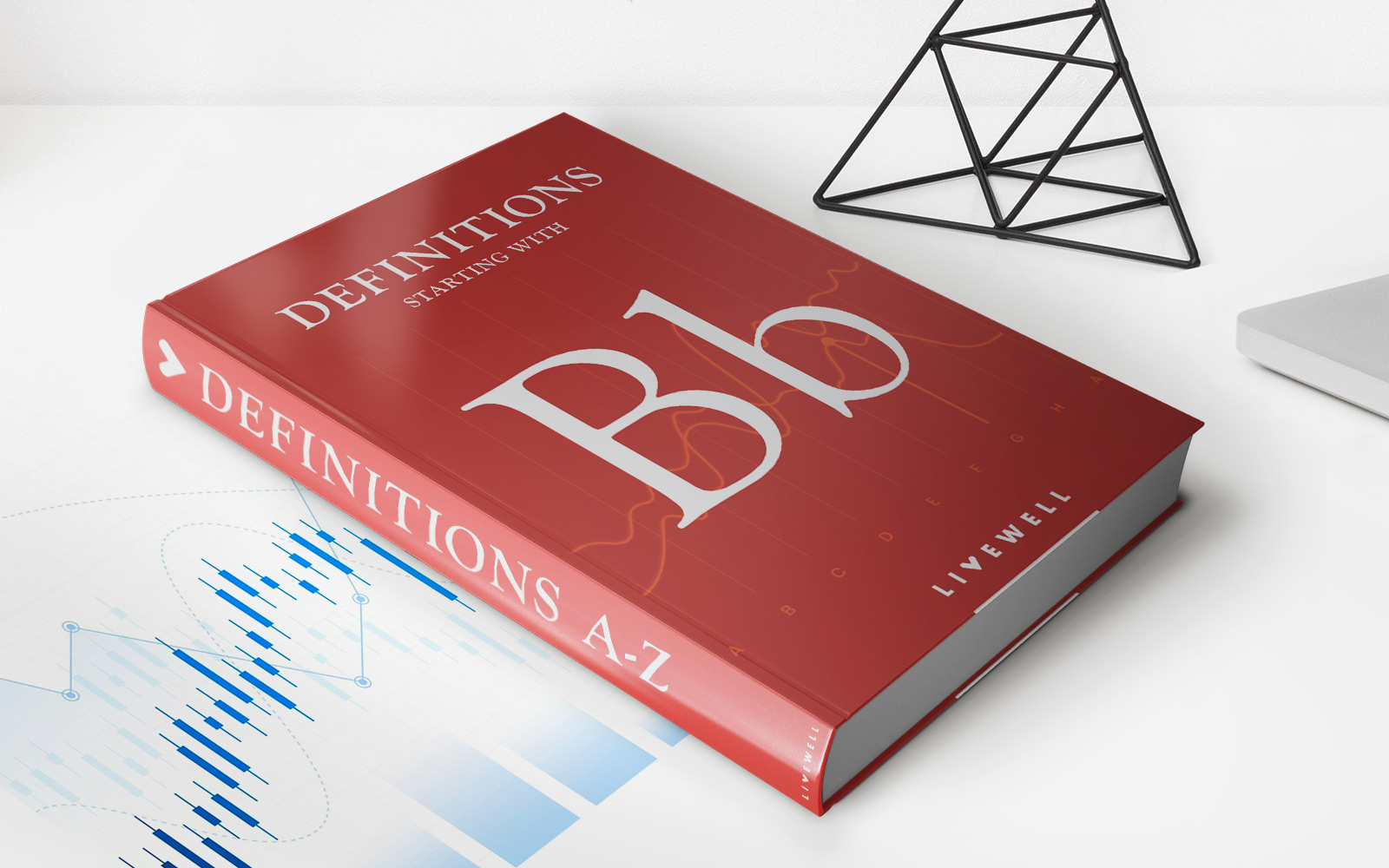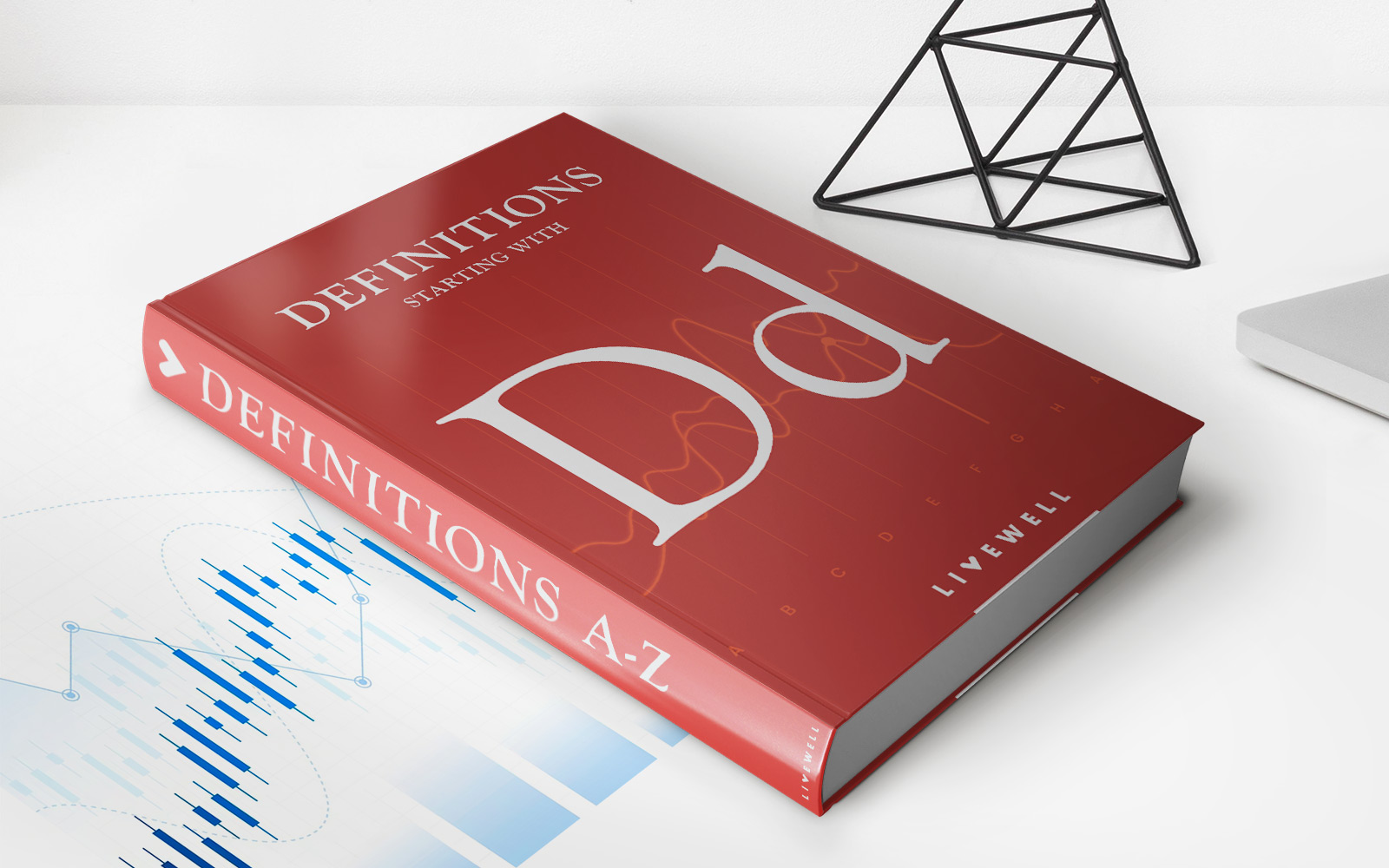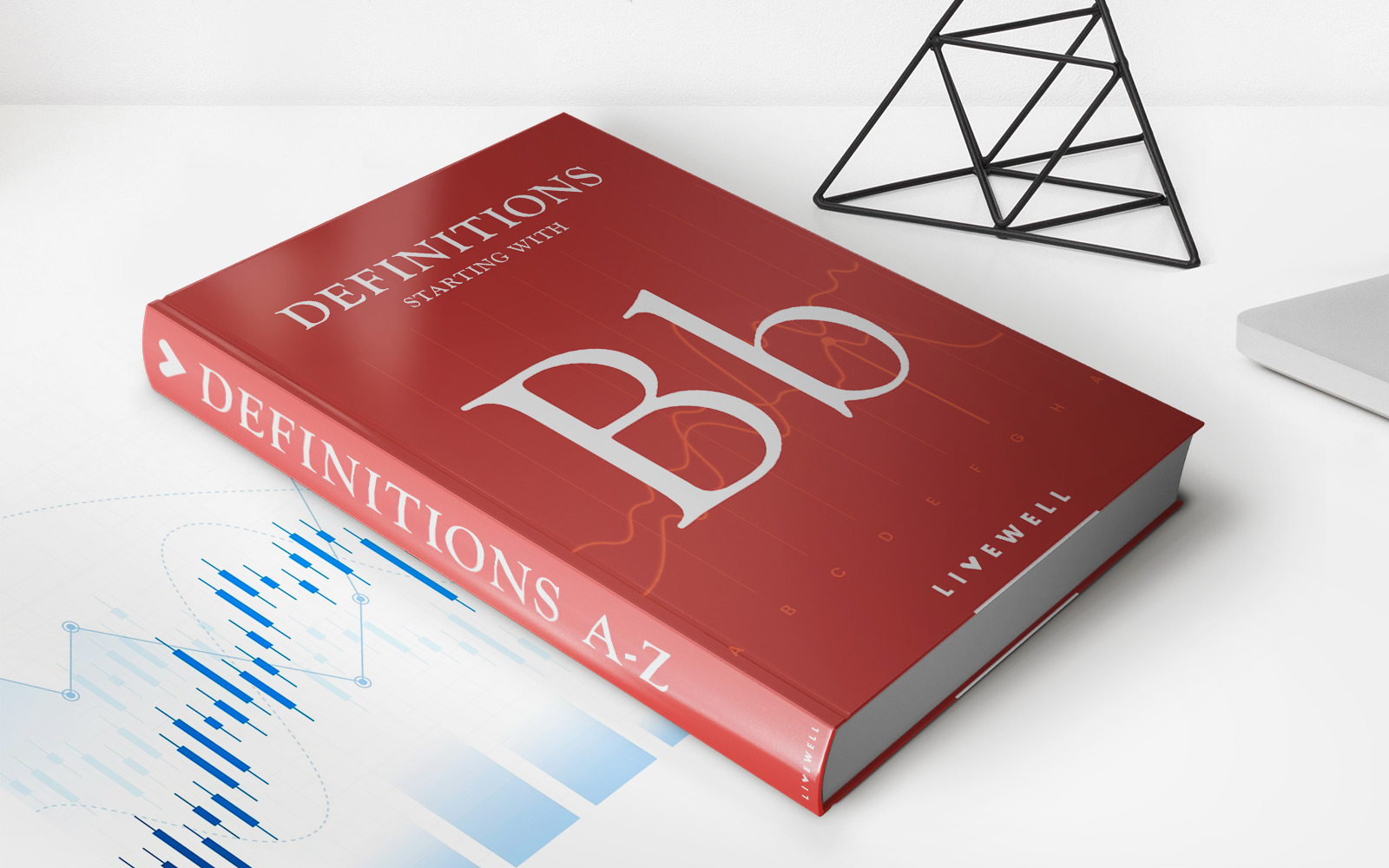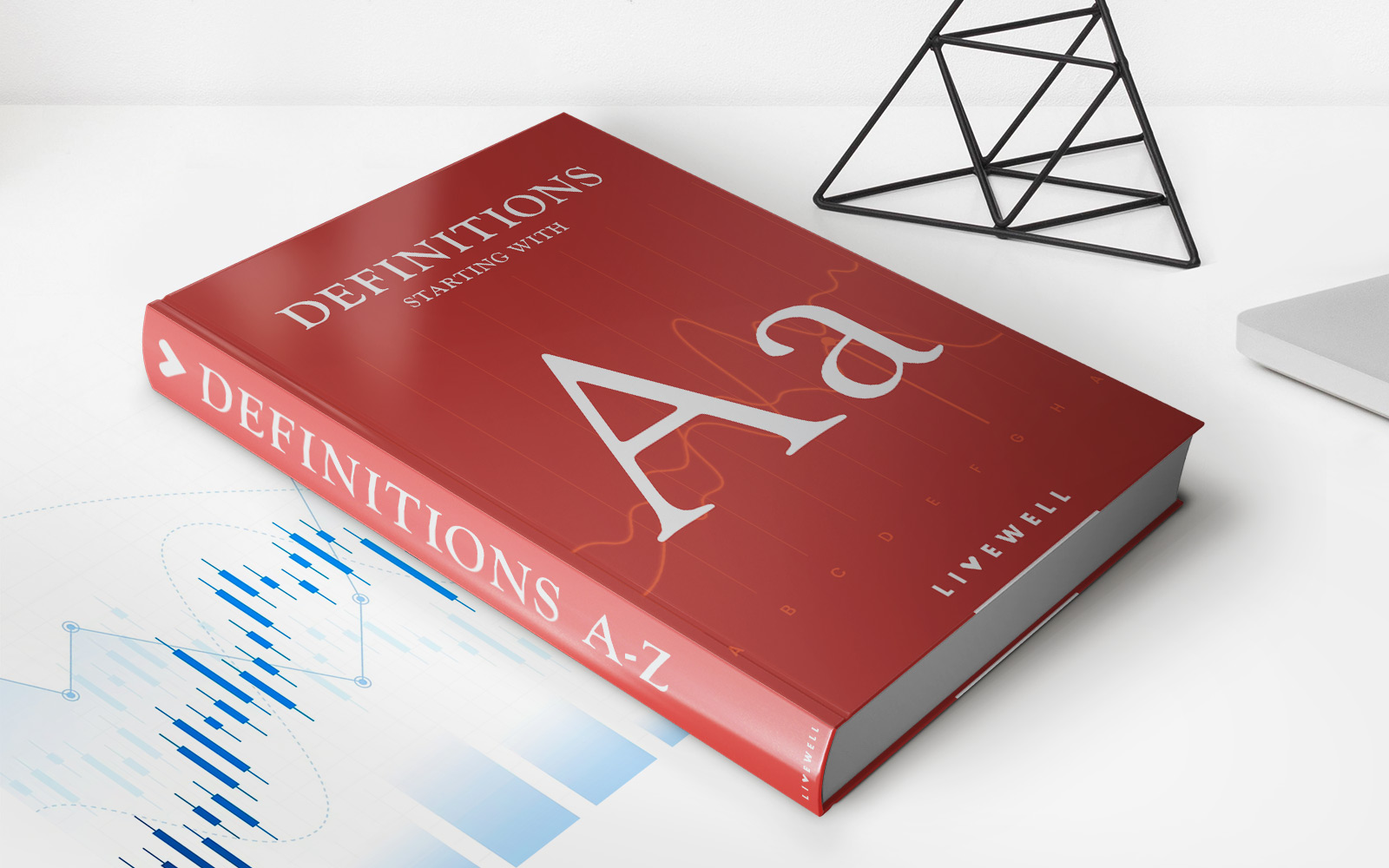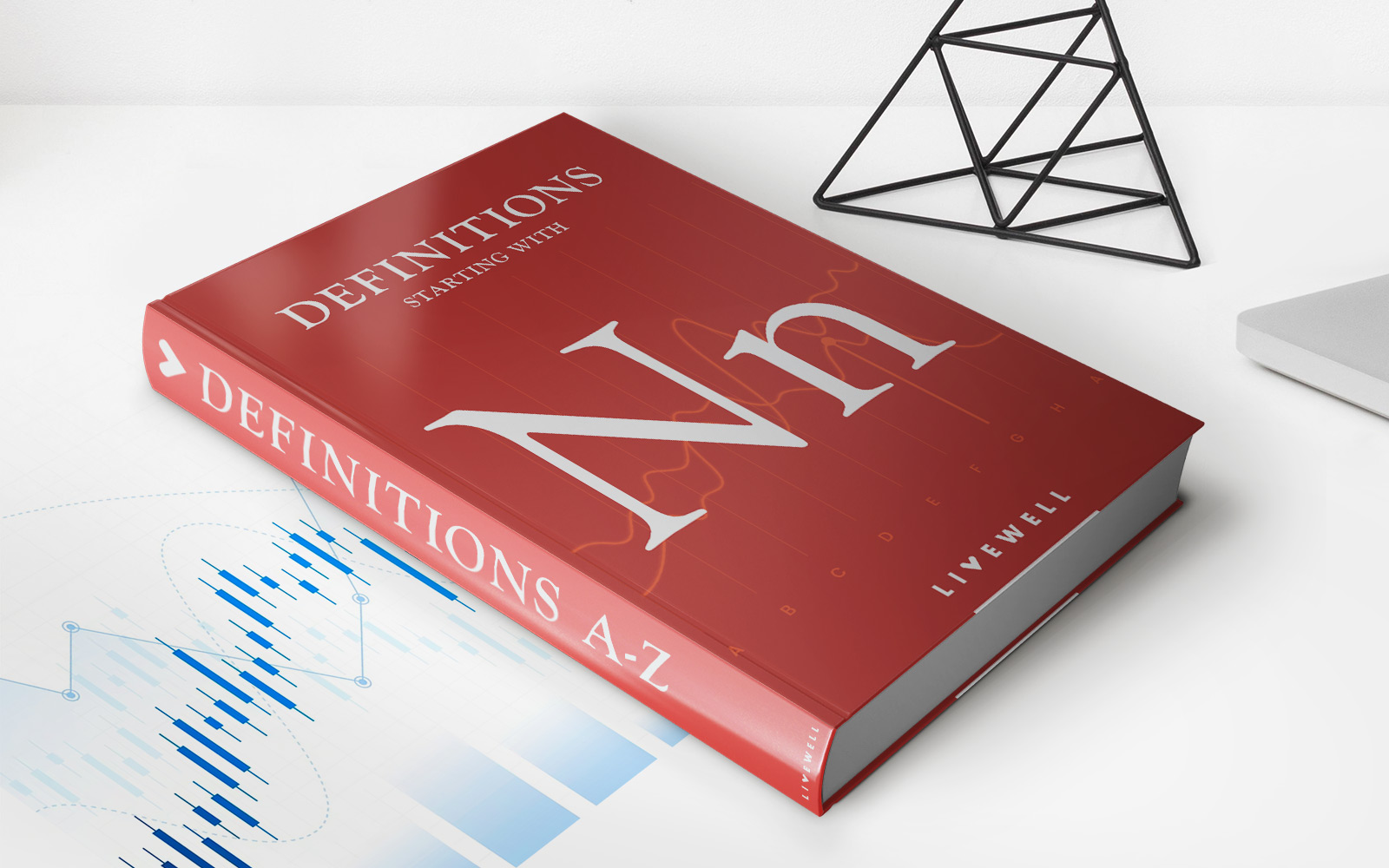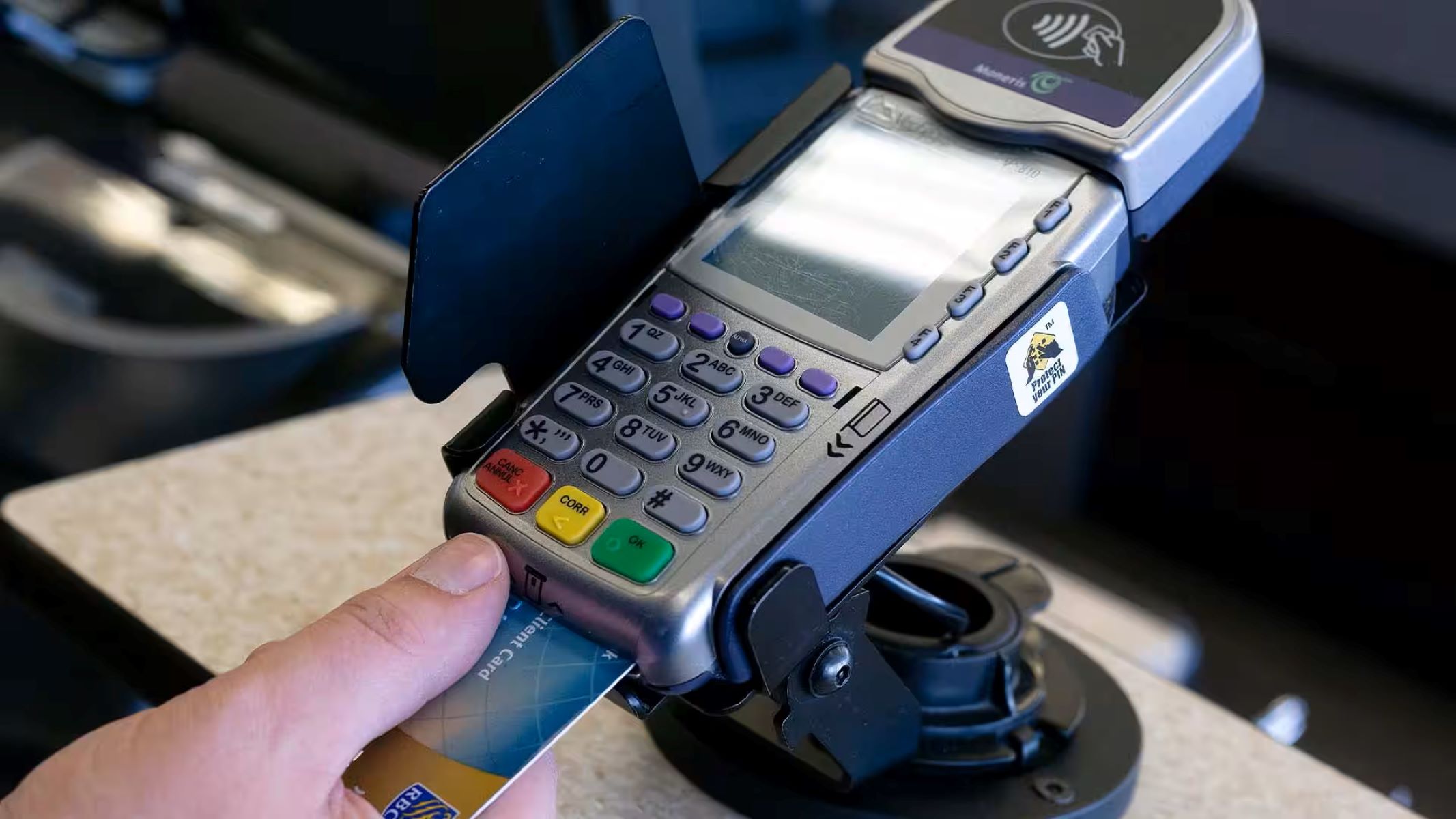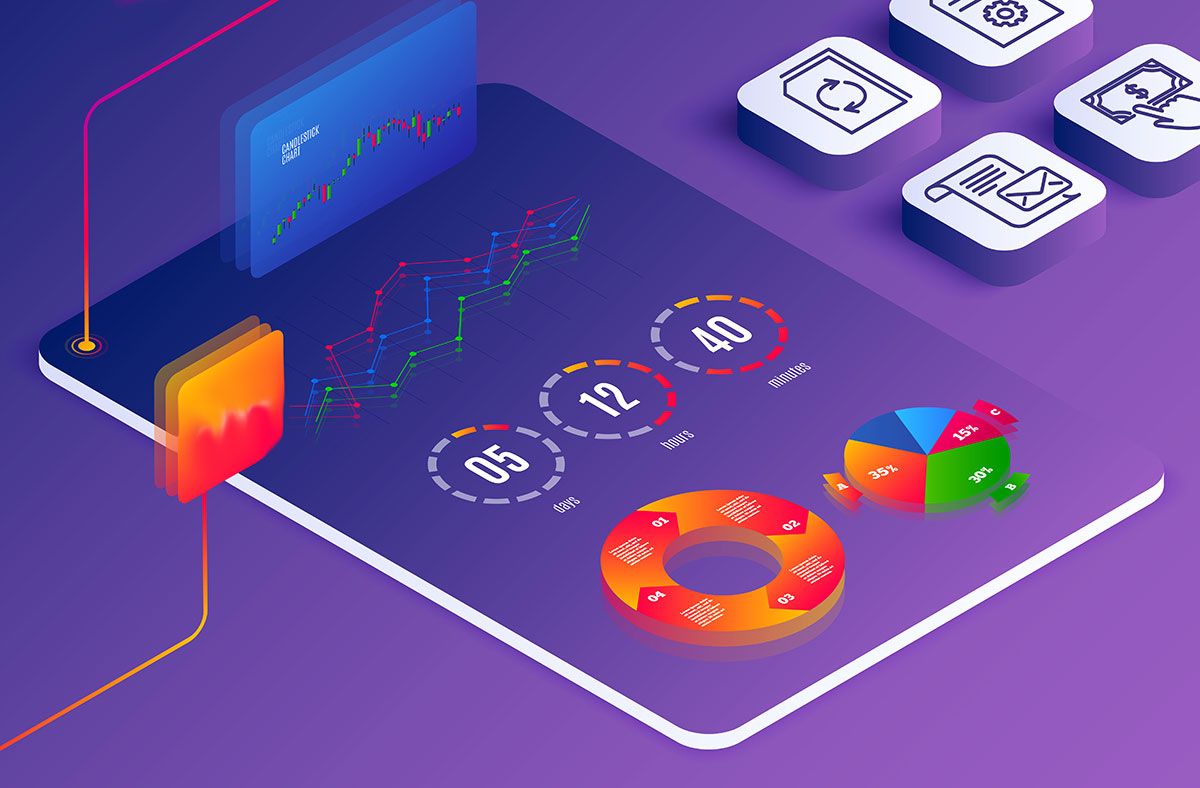Home>Finance>Visual Basic For Applications (VBA): Definition, Uses, Examples


Finance
Visual Basic For Applications (VBA): Definition, Uses, Examples
Published: February 16, 2024
Learn about the definition, uses, and examples of Visual Basic for Applications (VBA) in finance. Discover how VBA can enhance your financial analysis and automation tasks.
(Many of the links in this article redirect to a specific reviewed product. Your purchase of these products through affiliate links helps to generate commission for LiveWell, at no extra cost. Learn more)
Visual Basic for Applications (VBA): Definition, Uses, Examples
If you are interested in coding and programming, you may have come across the term Visual Basic for Applications or VBA. But what exactly is VBA, and how can it benefit you in the world of finance? In this blog post, we will explore the definition, uses, and examples of VBA, focusing on its relevance and importance in the finance industry.
Key Takeaways:
- VBA is a programming language that allows users to automate repetitive tasks and create powerful macros within Microsoft Office applications.
- Its versatility makes it an invaluable tool for financial professionals, enabling them to streamline processes, improve data analysis, and enhance productivity.
What is Visual Basic for Applications?
Visual Basic for Applications, commonly known as VBA, is a programming language that is an integral part of Microsoft Office applications, such as Excel, Word, and PowerPoint. It allows users to write code and create customized macros to automate tasks and enhance the functionality of these applications.
VBA combines the functionality of the Visual Basic programming language with the host application’s features, giving users the ability to interact with and manipulate various elements within the program. This flexibility and integration make VBA a powerful tool for any professional, especially those working in finance.
Uses of VBA in Finance
VBA can be an invaluable resource for financial professionals looking to optimize their workflows, improve data analysis, and increase efficiency. Here are some key uses of VBA in the finance industry:
- Automating repetitive tasks: Financial professionals often need to perform repetitive tasks, such as updating spreadsheets, generating reports, or extracting data from multiple sources. With VBA, these tasks can be automated, saving time and reducing the risk of errors.
- Data analysis and modeling: VBA allows financial analysts to create complex models and perform advanced data analysis. By writing code to manipulate data, perform calculations, and generate reports, analysts can gain deeper insights and make informed decisions.
- Building custom financial applications: VBA enables finance professionals to build their own custom applications within Microsoft Office, tailored to their specific needs. This capability empowers them to create user-friendly interfaces, automate calculations, and integrate data from different sources.
- Connecting with external data sources: VBA can be used to establish connections between financial applications and external data sources, such as APIs or databases. This integration allows for real-time data retrieval, synchronization, and analysis, enhancing the accuracy and timeliness of financial information.
Examples of VBA in Finance
To illustrate the practical application of VBA in finance, let’s consider a few examples:
- Automating the retrieval and consolidation of financial data from multiple spreadsheets into a single report.
- Developing a custom financial modeling tool with predefined calculations and built-in scenarios to analyze investment decisions.
- Creating interactive dashboards with dynamic charts and graphs that update in real-time based on underlying data.
- Building an automated trading system that executes trades based on predefined strategies and market conditions.
These are just a few examples of how VBA can be leveraged in the finance industry. The possibilities are endless, limited only by the creativity and expertise of the programmer.
In conclusion, Visual Basic for Applications (VBA) is a programming language that offers immense benefits to finance professionals. Its ability to automate tasks, improve data analysis, and create custom applications makes it an indispensable tool in streamlining processes and increasing productivity. By harnessing the power of VBA, financial professionals can gain a competitive edge and achieve their goals with greater efficiency.

